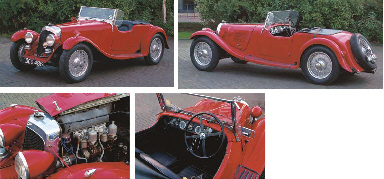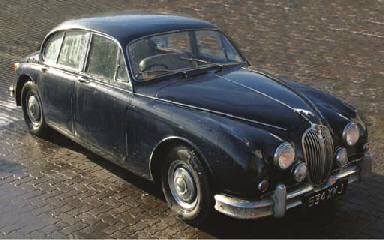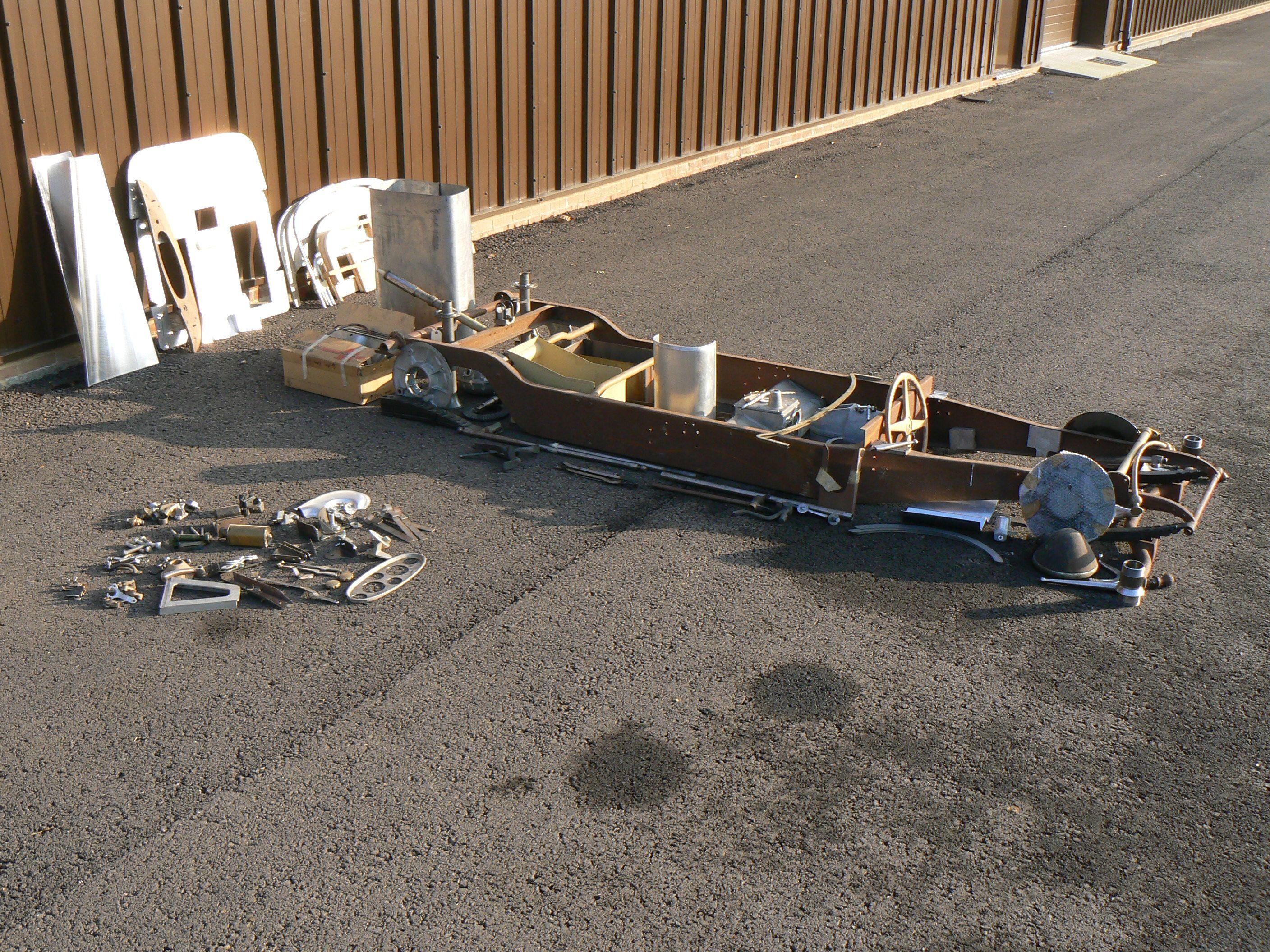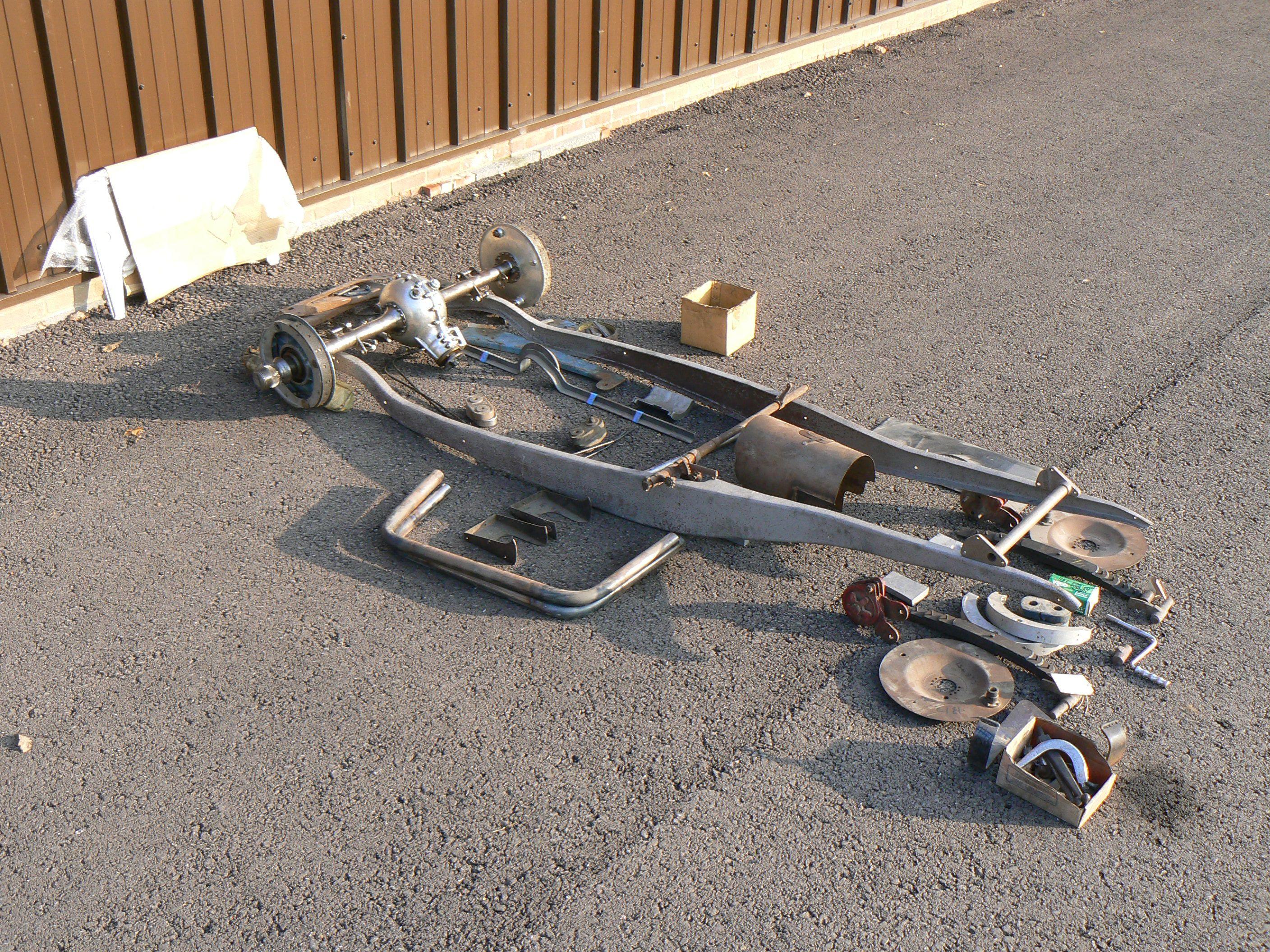Sold by Order of a Direct Descendant ‘Wing Commander Leonard Harrison, G.C., who died on July 17 [1989] at the age of 83, was one of Britain’s outstanding bomb disposal experts, who probably defused more unexploded devices during the Second World War than any other man. Even after retiring from the R.A.F. in 1949 he continued his dangerous vocation, working in a civilian capacity for the Ministry of Defence until his final retirement in 1970. He earned his George Cross not for a single exploit, but for a series of coolly executed bomb disposal operations in the early part of the war. In February 1940 he had rendered harmless an unexploded bomb which was wedged between decks in a grain carrying ship that had come into Immingham. But on his own admission his most hazardous task was on Good Friday 1940. Called by a telephone call from digging in the garden, he made his way to Grimsby and boarded a trawler which had just limped into the Humber with a live mine lodged in its bows. The mine was of a type not seen before, a cylinder three feet long and ten inches in diameter. On its top was an external arming mechanism set a “Feuer” (Fire). Shrugging off a powerful temptation simply to turn it to the Safe position, Harrison instead elected for a painstaking operation, carried out with tools scrounged from the trawler. After four hours he was able to get at the fuse itself and make the explosive charge safe. Only at that point he realised that the firing pin of the mine had jammed, and that any attempt to meddle with the arming mechanism would almost certainly have released the pin and detonated the mine.’ His Times obituary notice refers. The outstanding Second World War bomb disposal G.C. group of seven awarded to Wing Commander L. H. Harrison, Royal Air Force, who was decorated for the first action for which the George Cross was awarded George Cross (Leonard Henry Harrison, Civ. Armament Instructor, 3rd January 1941), with its Royal Mint case of issue; Defence and War Medals 1939-45; General Service 1918-62, 1 clasp, Bomb & Mine Clearance 1945-49 (Act. Wg. Cdr. L. H. Harrison, R.A.F.); Coronation 1953; Jubilee 1977; Royal Air Force L.S. & G.C., G.VI.R. (Act. Wg. Cdr. L. H. Harrison, R.A.F.), mounted as worn, contact marks, very fine or better (7) £80,000-100,000 Footnote G.C. London Gazette 3 January 1941: ‘For conspicuous courage and devotion to duty in circumstances of exceptional danger.’ The original joint recommendation - with Flight Lieutenant J. N. Dowland, R.A.F. - states: ‘On 12 February 1940, the S.S. Kildare arrived in Immingham Docks with a 250 Kilo German bomb wedged half-through the main deck. Flight Lieutenant Dowland inspected the bomb and realising that the fuse was of a type of which no previous knowledge was available, ordered his men below. Civilian Armament Instructor Harrison, however, remained with him while the bomb was defused and gave valuable assistance. On 22 March and 7 June 1940, he gave similar assistance in unarming and rendering safe unexploded German bombs and a new type of German depth-charge in ships off Grimsby. On all three occasions Mr. Harrison displayed conspicuous courage and devotion to duty in circumstances of exceptional danger and difficulty. He has also through his own initiative and private study become an authority on the fuse and exploder systems in German bombs.’ Leonard Henry Harrison was born at Devonport on 6 June 1906 and educated at the local Secondary School, as well as in Lancaster, where his father, an R.N. Recruiting Officer was also posted. Enlisting in the Royal Air Force as an Aircraft Apprentice at R.A.F. Halton in January 1922, he graduated from the base’s School of Technical Training as a Fitter Armourer A.C. 1 in December 1924. Having then served in Hong Kong and been placed on the Reserve in the rank of Sergeant in 1934, he gained appointment as a Civilian Instructor at the Armament School at R.A.F. Eastchurch. From 1938, however, he served as Senior Civilian Armam
Sold by Order of a Direct Descendant ‘Wing Commander Leonard Harrison, G.C., who died on July 17 [1989] at the age of 83, was one of Britain’s outstanding bomb disposal experts, who probably defused more unexploded devices during the Second World War than any other man. Even after retiring from the R.A.F. in 1949 he continued his dangerous vocation, working in a civilian capacity for the Ministry of Defence until his final retirement in 1970. He earned his George Cross not for a single exploit, but for a series of coolly executed bomb disposal operations in the early part of the war. In February 1940 he had rendered harmless an unexploded bomb which was wedged between decks in a grain carrying ship that had come into Immingham. But on his own admission his most hazardous task was on Good Friday 1940. Called by a telephone call from digging in the garden, he made his way to Grimsby and boarded a trawler which had just limped into the Humber with a live mine lodged in its bows. The mine was of a type not seen before, a cylinder three feet long and ten inches in diameter. On its top was an external arming mechanism set a “Feuer” (Fire). Shrugging off a powerful temptation simply to turn it to the Safe position, Harrison instead elected for a painstaking operation, carried out with tools scrounged from the trawler. After four hours he was able to get at the fuse itself and make the explosive charge safe. Only at that point he realised that the firing pin of the mine had jammed, and that any attempt to meddle with the arming mechanism would almost certainly have released the pin and detonated the mine.’ His Times obituary notice refers. The outstanding Second World War bomb disposal G.C. group of seven awarded to Wing Commander L. H. Harrison, Royal Air Force, who was decorated for the first action for which the George Cross was awarded George Cross (Leonard Henry Harrison, Civ. Armament Instructor, 3rd January 1941), with its Royal Mint case of issue; Defence and War Medals 1939-45; General Service 1918-62, 1 clasp, Bomb & Mine Clearance 1945-49 (Act. Wg. Cdr. L. H. Harrison, R.A.F.); Coronation 1953; Jubilee 1977; Royal Air Force L.S. & G.C., G.VI.R. (Act. Wg. Cdr. L. H. Harrison, R.A.F.), mounted as worn, contact marks, very fine or better (7) £80,000-100,000 Footnote G.C. London Gazette 3 January 1941: ‘For conspicuous courage and devotion to duty in circumstances of exceptional danger.’ The original joint recommendation - with Flight Lieutenant J. N. Dowland, R.A.F. - states: ‘On 12 February 1940, the S.S. Kildare arrived in Immingham Docks with a 250 Kilo German bomb wedged half-through the main deck. Flight Lieutenant Dowland inspected the bomb and realising that the fuse was of a type of which no previous knowledge was available, ordered his men below. Civilian Armament Instructor Harrison, however, remained with him while the bomb was defused and gave valuable assistance. On 22 March and 7 June 1940, he gave similar assistance in unarming and rendering safe unexploded German bombs and a new type of German depth-charge in ships off Grimsby. On all three occasions Mr. Harrison displayed conspicuous courage and devotion to duty in circumstances of exceptional danger and difficulty. He has also through his own initiative and private study become an authority on the fuse and exploder systems in German bombs.’ Leonard Henry Harrison was born at Devonport on 6 June 1906 and educated at the local Secondary School, as well as in Lancaster, where his father, an R.N. Recruiting Officer was also posted. Enlisting in the Royal Air Force as an Aircraft Apprentice at R.A.F. Halton in January 1922, he graduated from the base’s School of Technical Training as a Fitter Armourer A.C. 1 in December 1924. Having then served in Hong Kong and been placed on the Reserve in the rank of Sergeant in 1934, he gained appointment as a Civilian Instructor at the Armament School at R.A.F. Eastchurch. From 1938, however, he served as Senior Civilian Armam















Try LotSearch and its premium features for 7 days - without any costs!
Be notified automatically about new items in upcoming auctions.
Create an alert